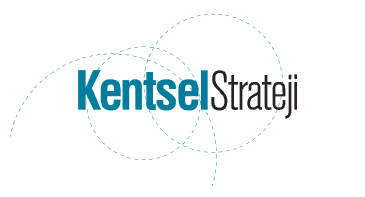TARLABAŞI WITHOUT PRESENT
The buildings streets, featured places and people of centuries don’t exist anymore. From now, on Tarlabaşı is waiting for its future in a frozen time slice between yesterday and tomorrow. With its distinctive spatial setting. Tarlabaşı, the place of comer’s goers, the place where cultural diversity is blended has no present.
Today streets are empty in Tarlabaşı, there are no buildings. Today in Tarlabaşı the clothes are not hung on the line from window to window, not a single sound is heard surpassing the walls. Now the past and present of Tarlabaşı is somewhere between the memories and photographs.
Tarlabaşı, once the modern face to İstanbul with is row houses and well planned urban pattern was the focus of different spatial setting and way of living. ıts peculiarity was its ability to establish a good balance between space and life. Tarlabaşı with is harmonious buildings, living streets, education centres and churches had always been an unusual neighbourhood.
For centuries Tarlabaşı had been the space of comers and goers. İt was once of the modern life space of the non-Muslims until very recently it was a place for the poor people and cultural diversity, where the comers goers from Anatolia meet with İstanbul and hold on to life. Yes, Tarlabaşı, was the location of experience of comers and goers since centuries.
Armenians and Greeks leaving the area in the ‘60’s, the Tarlabaşı Boulevard operation in the ‘80’s had caused rapid changes n the population structure living in the area. Tarlabaşı was a rich neighbourhood in terms of cultural and social structure but the crime rate was high, and it was a marginalised neighbourhood where there were plenty of people living below the poverty line.
Despite all this problems, until recently Tarlabaşı offered a great diversity and richness in cultural and social structure with habitants; people coming from different parts of Anatolia to İstanbul. Armenians and Greeks who were once very big in population but today’s minorities and the foreign immigrants.
Today none of them exist. Tarlabaşı had gone through a trauma with the renewal project. Both the neighbourhood and the inhabitants of Tarlabaşı had undergone the trauma.
Nobody knows who will replace the ones who left. Will Tarlabaşı remaining in the memories and photographs be photographed tomorrow?
This article was written by A.Faruk GÖKSU/Urban Planner for ‘I’m cross I’m not playing photography exhibition catalogue’ of Kadir Has University, Rezan Has Museum dated November 20, 2013
